Everything you need to know about foil boards - Windsurf Board Guide
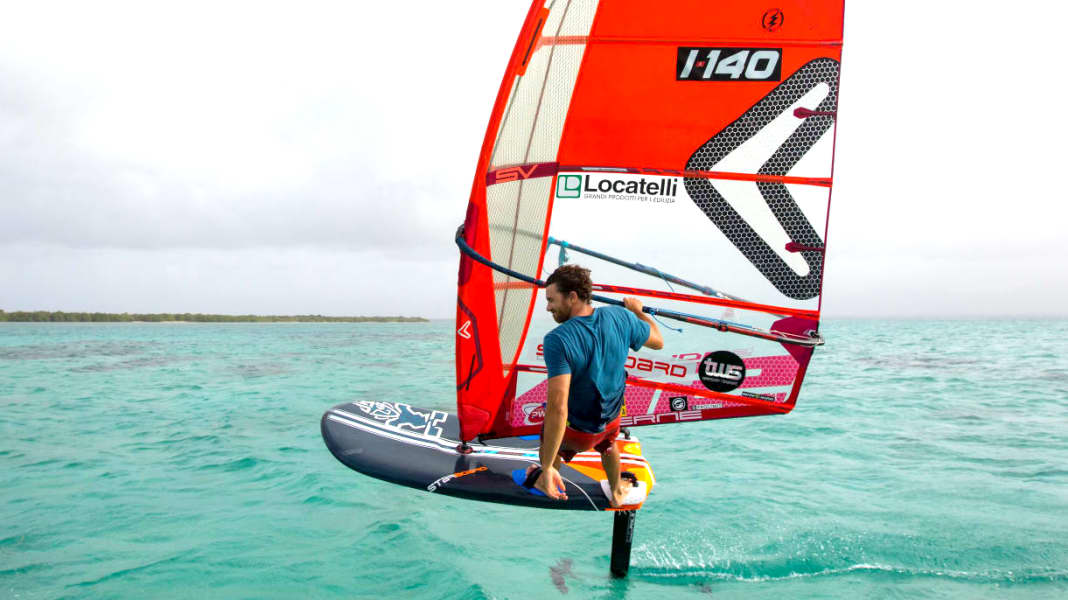
Foil surfing has long since developed into a trendy discipline in the windsurfing sector. The promise of being lifted just under a metre out of the water by the foil and gliding silently over smooth water in light winds is incredibly fascinating.
In theory, foil surfing and "normal" windsurfing are very close to each other. Certain types of windsurf boards can also be used for foiling, the fin is simply swapped for a foil. There have also been special foil boards on the market for some time, which differ considerably from hybrid concepts for windsurfing and windfoiling. We have summarised below what you need to look out for.
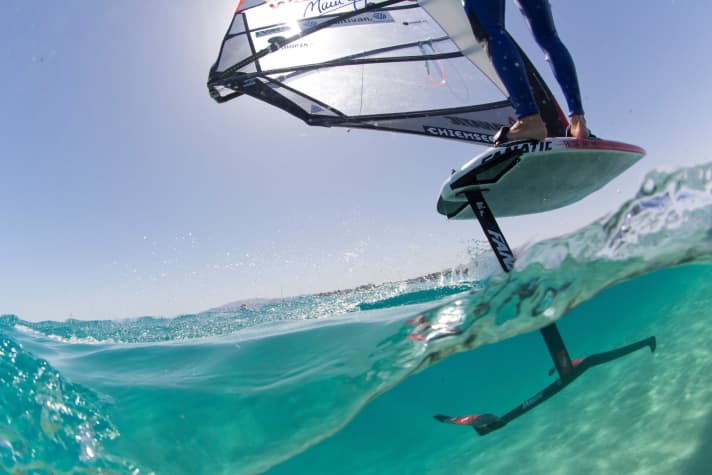
Foilboards - foil approved?
The complete foil consists of a front and rear wing, which are attached to a longitudinal member, the fuselage. The fuselage is in turn attached to the board with a carbon or aluminium "mast". Because the large levers - the mast is up to one metre long, the front wing up to 85 centimetres wide - also exert high forces on the box, the fin box must be marked as "Foil approved" by the manufacturer. As far as the box is concerned, the deep-tuttle box for foil surfing has established itself, with the fin or foil being screwed through the deck from above with two screws. Some boards are also available with a power box (one screw through the deck) or with a double rail - suitable adapters are available to attach a foil for deep-tuttle boxes to a board with a power box, for example.
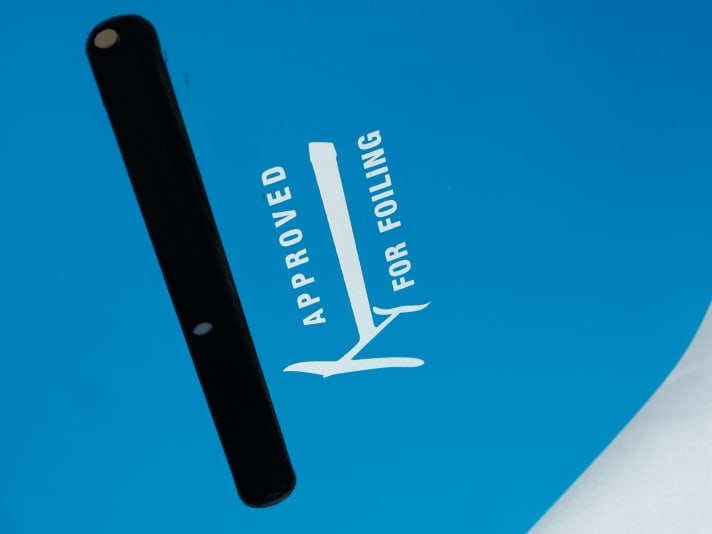
All boards with corresponding boxes are therefore suitable for foiling in principle - this applies to many models of the younger generation. If you use a foil in the "normal" deep-tuttle box of an older windsurf board, sooner or later you run the risk of the box breaking and the board taking on water.
What makes a windsurfing board a suitable foil board?
For a board to work for foiling, a certain minimum width of the tail and outwardly offset loops are important - in addition to the aforementioned box issue. The board can only be stabilised well around its longitudinal axis and achieve a stable flying position if it is positioned far to the outside. Large freeride or slalom raceboards in particular have the necessary tail width - which is why these models are often equipped with reinforced "foil-approved" boxes. Board classes with narrow tails, e.g. freestyle wave, freemove, wave or freestyle, are rather unsuitable for foil surfing due to their dimensions and are generally not equipped with corresponding boxes by the manufacturer.
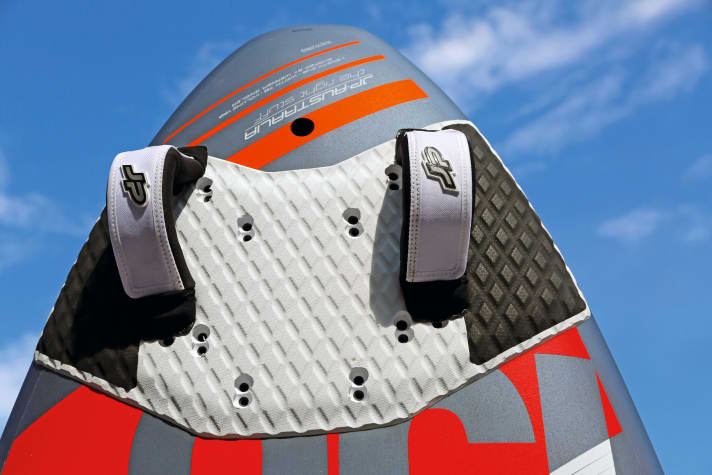
Pure foil boards or hybrid concept - which is better?
If you want to get into foil surfing, you generally have two options: Firstly, a windsurfing board with a foil option, e.g. a large freeride or slalom board, which is equipped with an appropriately reinforced fin box. In our test experience, such boards work well for both disciplines - although they are optimised for classic windsurfing. If you want to cover both disciplines with as little financial outlay as possible, it's best to go with the motto: fin out, foil in and off you go! You can regularly read about which hybrid concepts work best in surf, e.g. in issue 4-2019.
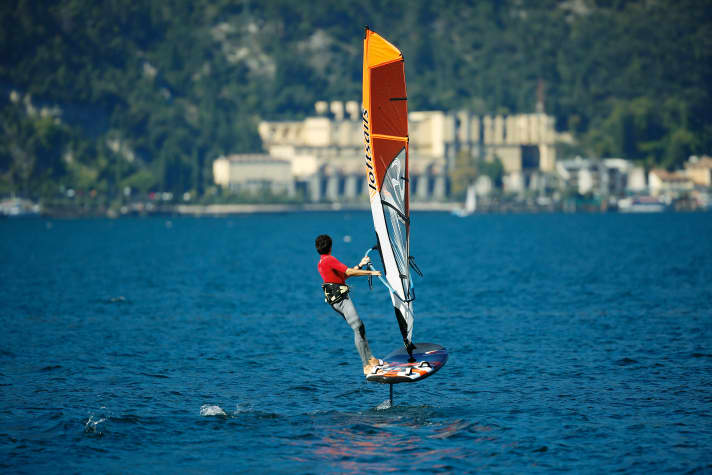
In addition, many brands have long had special foil concepts in their programme. This development was triggered by the introduction of the foil discipline into the World Cup. Compared to hybrid concepts for windsurfing and foiling, pure foil boards are characterised by the following features:
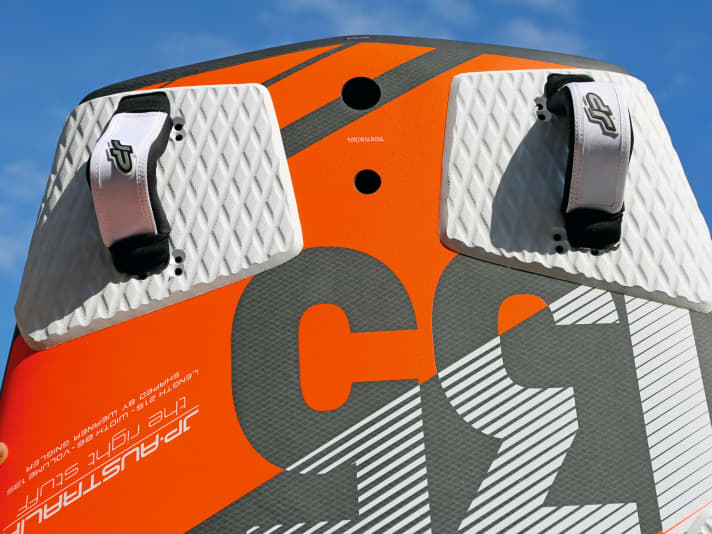
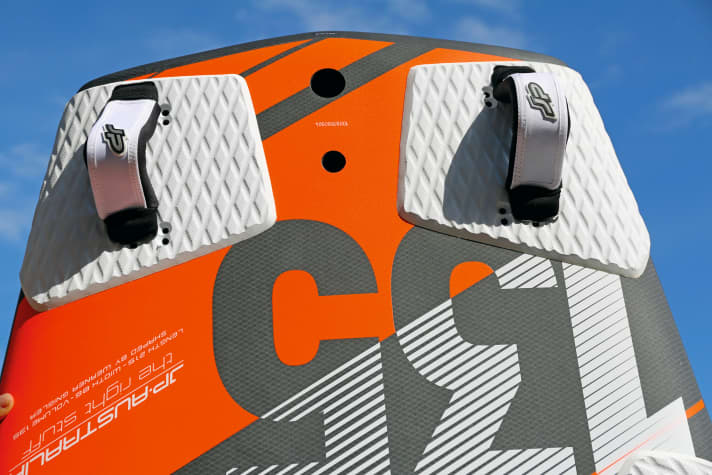
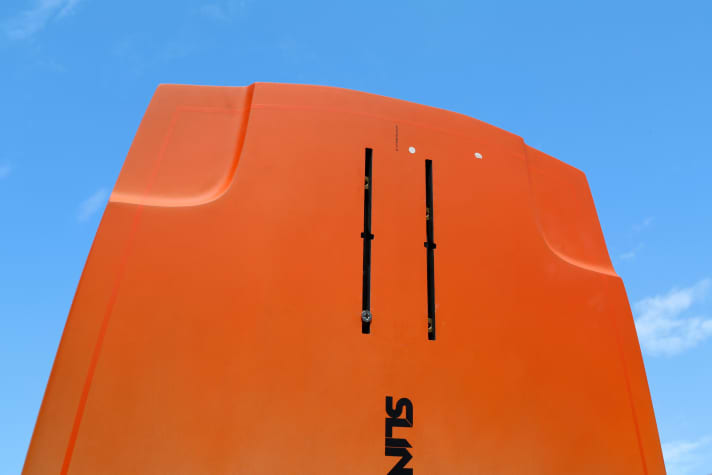
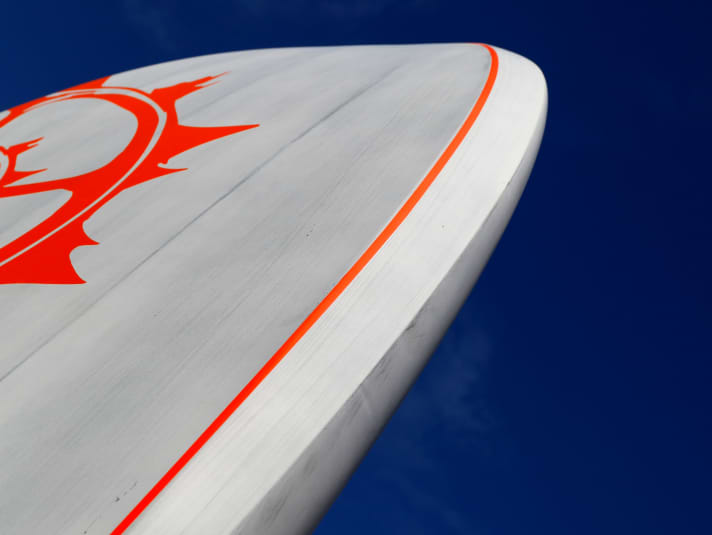
Pure foil boards are therefore specially optimised for this discipline and can be flown in a more controlled and stable manner compared to hybrid concepts. However, they are rather unsuitable for windsurfing with a fin. On the one hand, the short overall length of foil boards makes a harmonious transition to planing difficult, and on the other hand, the shape of the underwater hull and edges is not designed for permanent water contact. As a result, the implied keel ("V"), which is common on windsurf boards and allows the board to glide smoothly and comfortably in choppy waves, is sometimes completely absent on foil boards. The result is an uncomfortable gliding feeling. The thick edges of the foil specialists are also simply not made for sleek power jibes.
Foilboards - the surf recommendation:
If you want to get into foil surfing, you should first hire a foil from a water sports school and possibly take a course. There are now numerous offers and hire centres. If you want to use one board for both, a large freeride or slalom board with a suitably reinforced box and foot straps mounted on the outside is a good choice and, above all, involves a manageable amount of additional expense.
Ideal sail type for foil boards and freeride boards suitable for foiling: Camberless freeride sails, 2-cam freeride sails, foil sails

